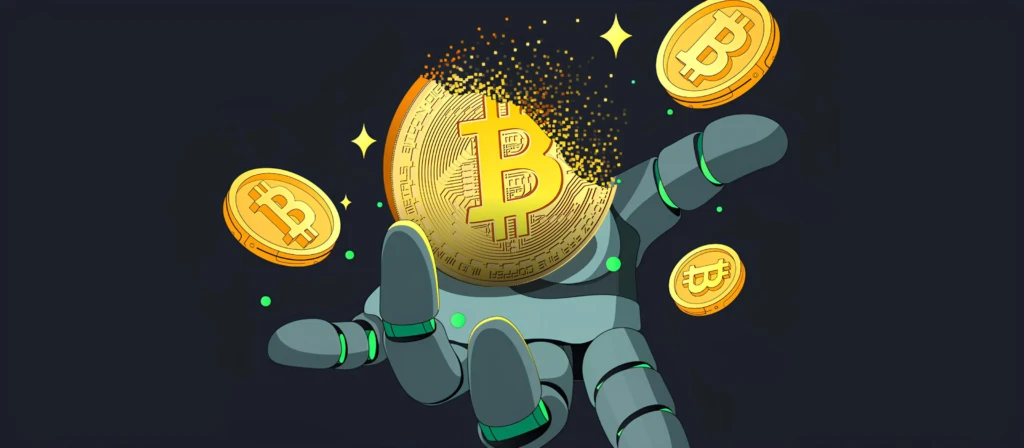Bitcoin Halving Explained
Every four years, Bitcoin undergoes a phenomenon that reshapes its economic foundation: the Bitcoin halving. This event slashes mining rewards by 50%, creating scarcity in new supply and often sparking debates about its impact on price, mining, and long-term adoption. But what exactly happens during a halving, and why do markets anticipate it so eagerly?
To fully understand the Bitcoin halving, one must explore its origins, its impact on supply and demand, and its potential to redefine Bitcoin’s place in global finance.
What Is Bitcoin Halving?
Bitcoin halving refers to the programmed reduction of block rewards earned by miners. When the Bitcoin blockchain launched in 2009, each block produced 50 BTC. Since then, rewards have halved four times:
- 2012 → 25 BTC
- 2016 → 12.5 BTC
- 2020 → 6.25 BTC
- 2024 → 3.125 BTC
By design, halving events occur approximately every 210,000 blocks (roughly every four years) until the final Bitcoin is mined in 2140. At that point, the supply will be capped at 21 million BTC, ensuring built-in scarcity.
Halving as a Hedge Against Inflation
Central banks often target an annual inflation rate of around 2%. Unlike fiat currencies, where supply expands based on monetary policy, Bitcoin halving enforces strict scarcity. By cutting rewards, the supply of new coins decreases, which in theory, limits inflation.
However, this mechanism only protects Bitcoin itself. Holders still face the inflation of fiat currencies when converting BTC into dollars, euros, or other government-issued money.
As the Federal Reserve explains, inflation erodes purchasing power over time. Bitcoin halving attempts to counter this by ensuring its issuance rate declines predictably.
The Market Impact: Demand and Price
One of the most compelling aspects of Bitcoin halving is its historical relationship with price. After each past halving, Bitcoin has eventually entered a bull market:
- Following the 2012 halving, Bitcoin surged from $12 to over $1,000.
- The 2016 halving preceded Bitcoin’s 2017 run to nearly $20,000.
- After the 2020 halving, Bitcoin climbed to an all-time high above $68,000 by late 2021.
While past performance doesn’t guarantee future results, halving events often spark speculative interest that drives demand upward.
Bitcoin Halving and Mining Economics
For miners, halving events are double-edged swords. On one hand, scarcity can push prices higher, compensating for reduced rewards. On the other, profitability shrinks unless the market adjusts upward.
Large firms like Marathon Digital Holdings expand their operations to stay competitive. Ahead of the 2024 halving, Marathon boosted its hash rate to 28.7 EH/s — about 5% of the entire Bitcoin network. Smaller miners, however, often struggle to keep up with rising costs of equipment, electricity, and cooling.
This dynamic suggests halvings may accelerate industry consolidation, where only well-capitalized firms dominate mining.
The Consumer Side: Spending, Remittances, and Volatility
For everyday Bitcoin users, the effects of halving are indirect. Consumers feel the impact primarily through price volatility. If halvings push prices higher, Bitcoin holders benefit in terms of wealth, but using BTC for remittances or daily transactions becomes more unpredictable.
In this sense, Bitcoin’s halving strengthens its narrative as a store of value but complicates its role as a currency for payments.
The Next Bitcoin Halving
The next halving is scheduled for 2028, when rewards will fall to 1.5625 BTC. As of May 2024, approximately 19.7 million BTC have been mined, leaving only 1.3 million BTC yet to enter circulation.
By 2140, when the final halving occurs, miners will no longer receive block rewards. Instead, they’ll rely on transaction fees as an incentive to secure the network.
Investing Around Halving Events
Halving periods often attract speculative capital. Many investors see halvings as a buying opportunity, anticipating long-term price appreciation.
The 2024 halving was particularly unique because it coincided with the launch of spot Bitcoin ETFs in the U.S., approved by the Securities and Exchange Commission (SEC). This introduced billions in institutional capital just months before the supply shock.
Still, history shows that while halvings have preceded rallies, the market can also undergo sharp corrections in the short term. For investors, the key is risk management — balancing optimism with the reality that Bitcoin remains highly volatile.
FAQs: Bitcoin Halving Explained
What happens during Bitcoin halving?
Bitcoin halving reduces mining rewards by 50%, cutting the supply of new coins entering circulation.
When is the next Bitcoin halving?
The next halving is expected in 2028, reducing rewards from 3.125 BTC to 1.5625 BTC per block.
Why does Bitcoin halving matter for investors?
Historically, halvings have preceded price increases due to reduced supply and heightened demand, making them closely watched events for investors.
How many Bitcoin halvings are left?
There are an estimated 29 halvings left, ending around 2140 when the maximum supply of 21 million BTC is reached.
Does Bitcoin halving stop inflation?
Bitcoin halving reduces BTC supply inflation, but it doesn’t protect against inflation in fiat currencies like USD or EUR.
Conclusion: A Future Defined by Scarcity
Bitcoin halving explained simply: it’s an engineered supply shock designed to enforce scarcity. For miners, it’s a test of resilience. For investors, it’s a potential catalyst for price growth. For consumers, it reinforces Bitcoin’s evolving identity — less a day-to-day currency and more a digital asset akin to “digital gold.”
As Bitcoin’s economic model continues to unfold, halvings serve as milestones marking its journey toward maturity. Whether the next halving sparks another bull run or challenges the mining sector, one fact remains: scarcity is Bitcoin’s most powerful feature, and halving is the mechanism that ensures it.

